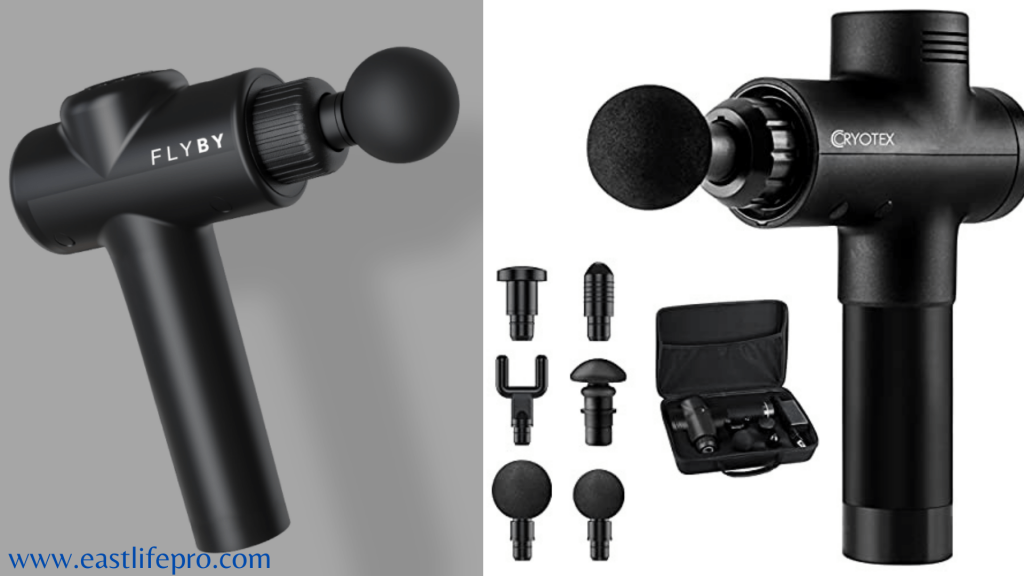Picture a beautiful, straight, flexible column running down your back. Imagine it providing support and balance to your body. Now, add a twist or curve to that column, and you have a basic understanding of scoliosis, a condition that affects the spine’s shape.
If you’re intrigued by this and want to delve deeper, you’re at the right place. This comprehensive guide will take you on an explorative journey into the world of scoliosis.
It will shed light on the different types of scoliosis. And, we also discuss the nuances of a condition that affects millions of people across the globe.
What is Scoliosis?
Before we dive into the types of this pesky back problem, let’s understand what scoliosis is. In medical terms, scoliosis is a spinal deformity that results in a sideways curvature of the spine. Instead of a straight line down the back, a spine with scoliosis deviates to the side.
The deviation of the spine during scoliosis often resembles the letters ‘C’ or ‘S’. This condition generally develops during the growth spurt right before puberty.
While anyone can be affected, mild cases are more common, with severe spinal deformities being less frequent. The degree of the curve varies from person to person, and so does the impact on one’s life.
Idiopathic Scoliosis
Idiopathic scoliosis is the most prevalent type. It accounts for approximately 80% of all scoliosis cases. The term “idiopathic” means that the cause of this type of scoliosis is unknown. It often surfaces during the rapid growth spurt of children and adolescents.
And, girls are more likely to experience it than boys. Idiopathic scoliosis has three subcategories. Each of these is classified based on the age when the condition develops. The first is infantile idiopathic scoliosis, which occurs in children aged 0 to 3 years.
The second is juvenile idiopathic scoliosis for those who are between the ages of 4 and 10 years old. And, finally, adolescent idiopathic scoliosis occurs in children and teenagers who are aged 10-17 years.
Each subtype has unique features and implications that need different management strategies.
Congenital Scoliosis
Congenital scoliosis arises from a malformation of the spine during the fetus’s development in the womb. In this type of scoliosis, the vertebrae, or the individual bones that make up the spine, cause the spine to curve.
This may be due to it being shaped the wrong way, fused together, or missing altogether. This type of scoliosis is often identified at birth or shortly after. It is true that this may sound daunting.
But, early detection and appropriate treatment are important. With these, many children who are diagnosed with congenital scoliosis lead healthy, active lives.
Neuromuscular Scoliosis
Neuromuscular scoliosis is a type of scoliosis resulting from medical conditions. These conditions impair the nerves and muscles supporting the spine. Conditions like cerebral palsy, muscular dystrophy, or spina bifida can lead to this type of scoliosis.
The impaired muscles and nerves are unable to maintain the proper alignment and balance of the spine. The lack of proper alignment and balance then causes it to curve. Unlike the other types, neuromuscular scoliosis can develop at any age.
And, its progression is also linked to the underlying neurological or muscular condition.
Degenerative Scoliosis
Degenerative scoliosis is also known as adult-onset scoliosis. This occurs later in the lives of people. This type develops due to the gradual degeneration of the discs and joints that make up the spine. As these parts deteriorate, they may cause an imbalance in the spine, leading to a curve.
In some instances, individuals with severe degenerative scoliosis might need scoliosis surgery. This procedure is done and recommended to correct their spinal curve and ease the pain they are experiencing.
The Complexities of Scoliosis Diagnosis
Diagnosing scoliosis involves several steps. This includes a thorough physical examination and a detailed medical history. It also includes conducting various diagnostic imaging tests such as X-rays, MRI, or CT scans.
The diagnosis is not only about confirming the presence of a curve. It is also about understanding the type, location, and severity of the curve. These three factors are crucial in the process of formulating an effective treatment plan.
Treatment of Scoliosis
The different types of scoliosis treatment are as diverse as their types. For mild cases, monitoring is often enough. Only regular check-ups are needed to ensure the curve isn’t worsening. Others might need non-surgical interventions like bracing, physical therapy, or exercises.
These are done to prevent curve progression and strengthen the muscles supporting the spine. For severe cases, surgery and invasive may be necessary.
These are done to reduce the severity of the spinal curve. And, it can also help to relieve symptoms experienced by an individual living with scoliosis.
Living With Scoliosis
Living with scoliosis can present a lot of challenges to the quality of life of a person. But, with proper scoliosis management and care, individuals with this condition can lead fulfilling, active lives. Regular exercise can help maintain a strong and flexible spine.
Physical therapy can also be very beneficial. This is especially true for those experiencing pain due to their scoliosis. There are also many support groups and resources available.
These groups welcome those either living with scoliosis and their family members. These groups help offer a sense of community and understanding to the people affected by scoliosis. And, they also provide support and advice to people who are having a difficult time.
Learning All About the Different Types of Scoliosis
We hope that you now understand the different types of scoliosis. This is the first step towards managing this condition in an effective way. Each type comes with its unique challenges and requires tailored strategies for management.
But remember, having scoliosis does not define a person. It is true that scoliosis has a lot of physical challenges that it presents. But, many individuals with scoliosis lead active, fulfilling lives.
But, don’t forget to consult a healthcare provider for advice on managing scoliosis and its symptoms. So, don’t be discouraged! There is always hope! Visit our blog today!
James Martin is a passionate writer and the founder of OnTimeMagazines & EastLifePro. He loves to write principally about technology trends. He loves to share his opinion on what’s happening in tech around the world.



